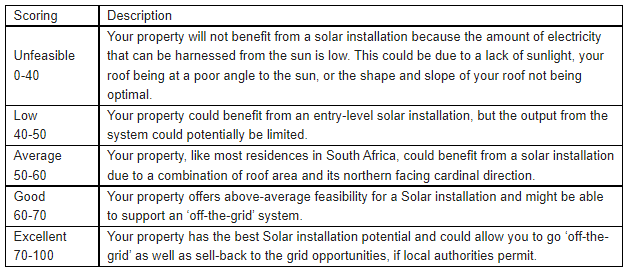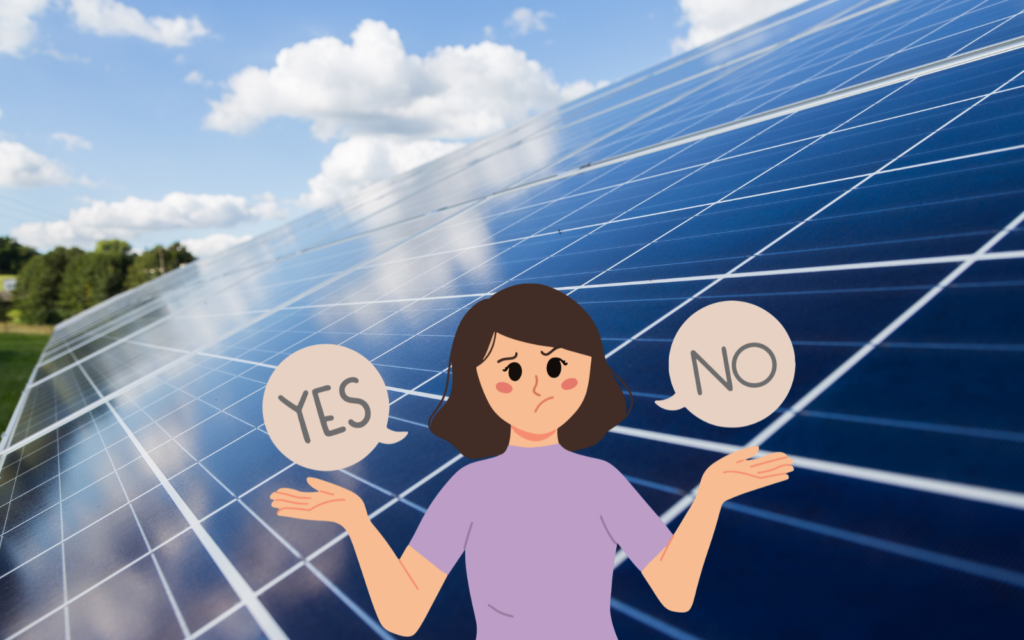While most South Africans sit in the dark enduring hours of load shedding, considering the cost of buying and installing solar panels, few actually consider whether their home is suitable for solar-generated electricity.
Enter LookSee by Standard Bank, a platform designed by the bank to help homeowners to manage their domiciles.
LookSee recently launched its “first, free-to-use solar score for South African homes”. Sunny South Africa is considered a great place to use solar for electricity generation. However, your particular location may not necessarily be the best place to install it.
Taking a LookSee
On inserting your address on the platform, LookSee returns a score ranging from 0 to 100 to indicate whether or not installing solar in your house is a good idea. It will let you know if you’re better off enduring the darkness and occasional light from Eskom, if you could partially power up your home, or if you should completely drop Eskom and use solar 100% of the time.

“The Solar Score also provides insight into your usable roof area, the average number of sunny days in your area and the amount of electricity in kilowatt-hours you could expect to generate over the space of a month and a year,” says Standard Bank.
Read More: Solar geoengineering might work, but local temperatures could keep rising for years
Standard Bank says homeowners need to consider a range of factors before investing in solar. These include “the cardinal direction of the various roof panes as only the sides that are facing a northerly direction will get enough direct sunlight hours. This is followed by a calculation of the roof area to establish how many panels can be supported on the optimal panes or sides, as well as the slopes of these panes.”
In addition, LookSee measures the amount of sunlight, the shade cast by nearby buildings, and vegetation that may affect your solar feasibility.
LookSee also has an “annual electricity production calculator” which gives homeowners an estimated Rand value of the energy produced by a solar system.
“The scale allows you to see how this energy production adds up as you move from 1 year all the way up to 25 years.”




